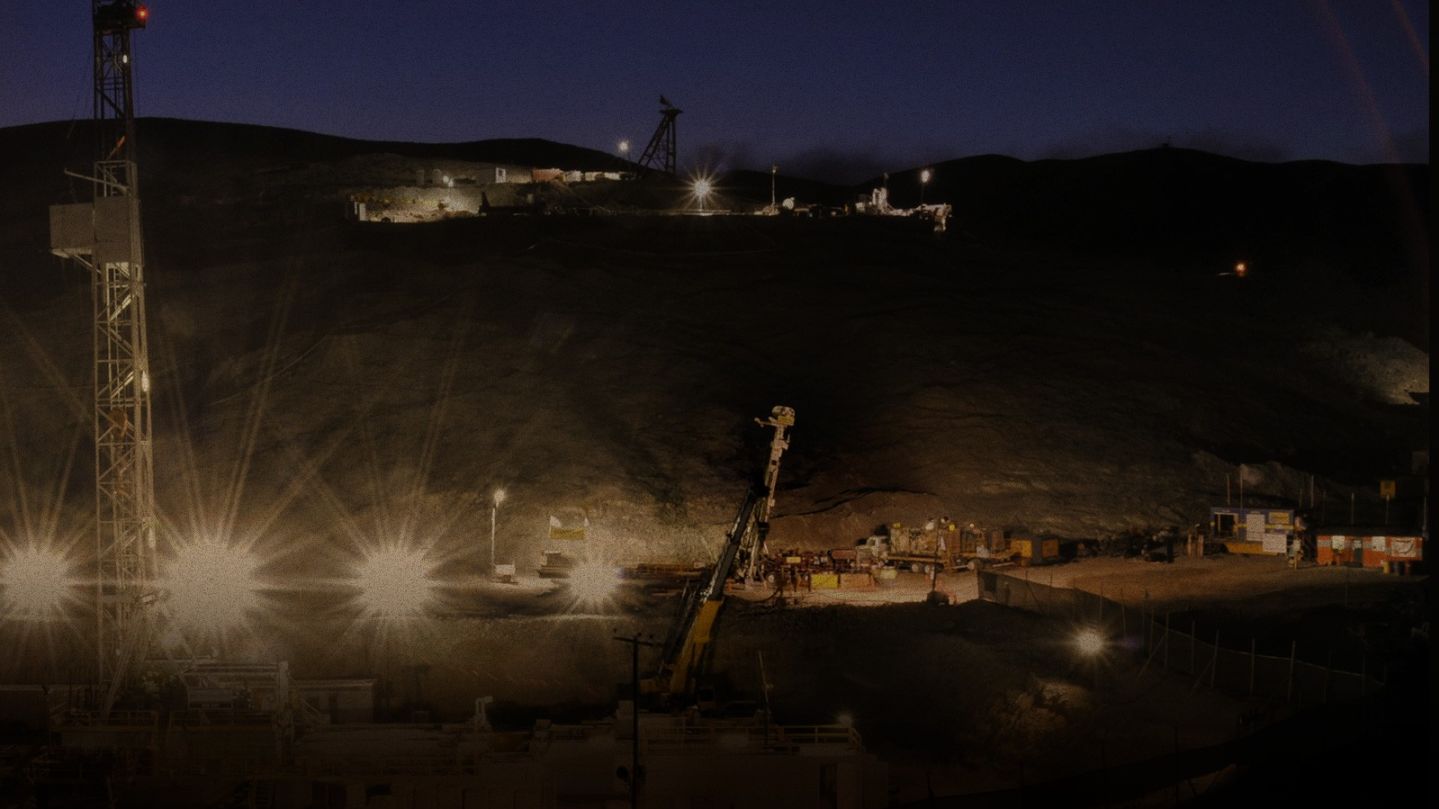Editor’s Note: Five years ago on October 13, the 33 miners who became trapped in a Chilean mine were brought to safety.
Story highlights
It's been 5 years since collapse of San Jose mine in Chile
Miners were told to wear pink socks on their way to the surface
Doctor saved "gold" rock gifted to him by the miners
On August 5, 2010, 33 miners became trapped when Chile’s San Jose mine collapsed. Over the next 69 days, the world watched and waited until all were brought to safety.
Five years later, here are some surprising facts you might not know about the rescue:
Marked with a cross
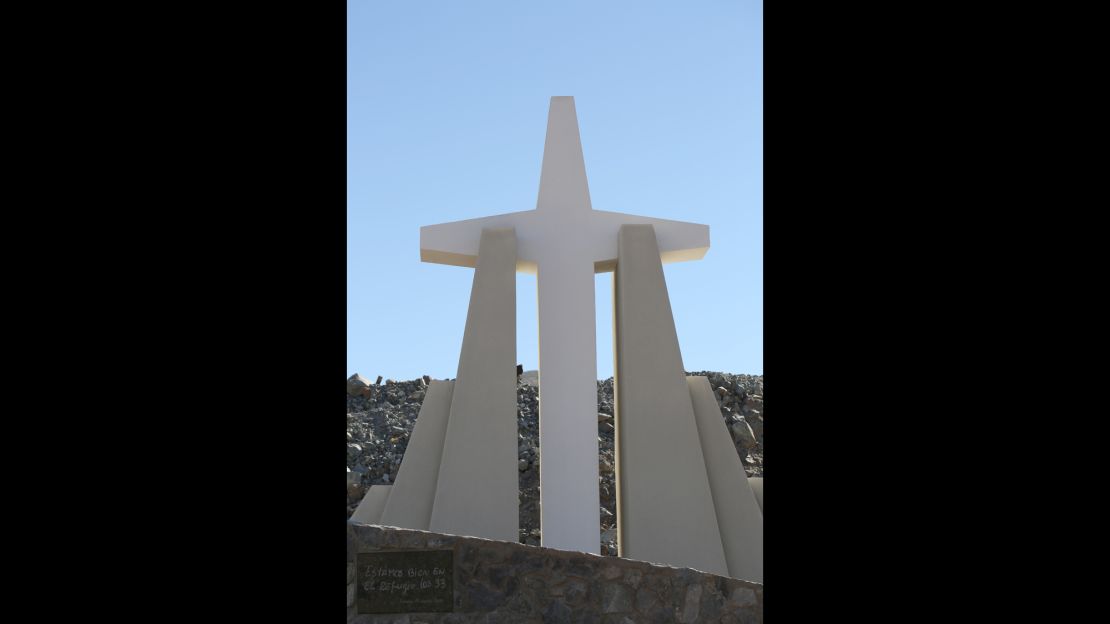
After days of searching for the miners turned up no signs of life, Chile’s then-President Sebastian Piñera special ordered a cross to memorialize the men, just in case. “What if we don’t find them? In 17 days, 20 days, one month, two months?,” Piñera said in a recent interview with CNN’s Rosa Flores. “What if we find them and they’re all dead?”
Today, the large white cross welcomes visitors to the mine rescue site, marking where the miners believe God stood during their miraculous rescue.
Life-saving socks
A 5-inch wide hole became the miners’ lifeline, a vessel for food, water and supplies. When the time came for the rescue, the miners were told to wear special elastic socks to help their cardiovascular systems. The only color available was pink. Dr. Andres Llarena recalls that the miners didn’t want to wear them because of the color, and they asked whether they could get them in brown or black. “Wear them!” Llarena said sternly.
Signs of life
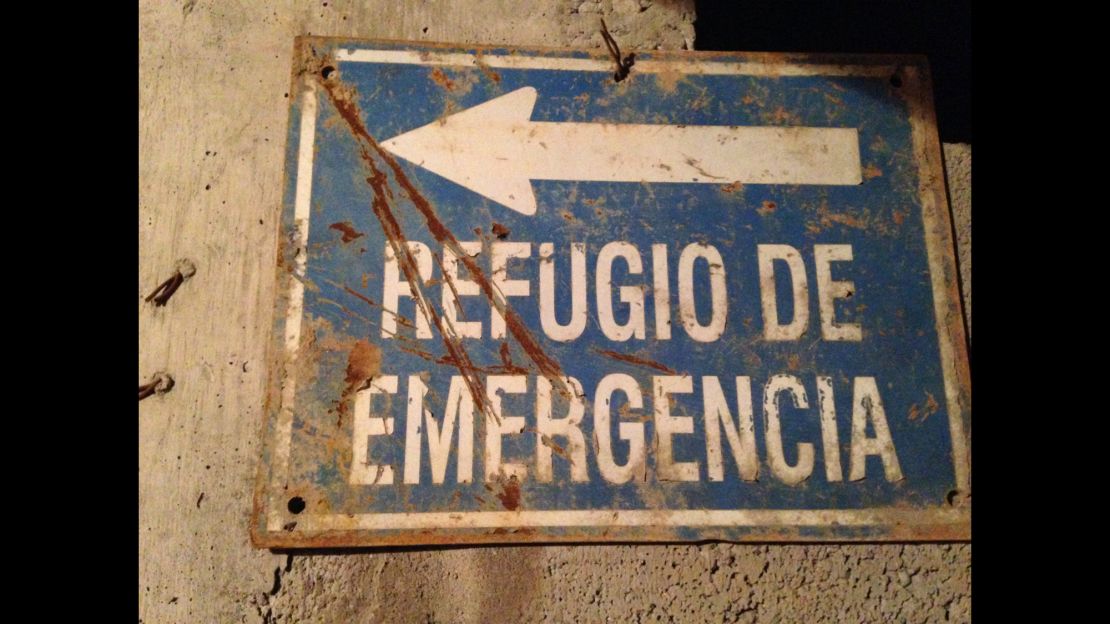
This sign is one of the most valuable treasures in miner Alex Vega’s house. The sign was underground with the men, pointing to the emergency area of the mine where the men gathered and prayed. Now, the sign’s arrow points to the front door of the house Vega shares with his family. “That,” Vega said as he pointed to his home, “… is my refuge.”
‘No one stays under’
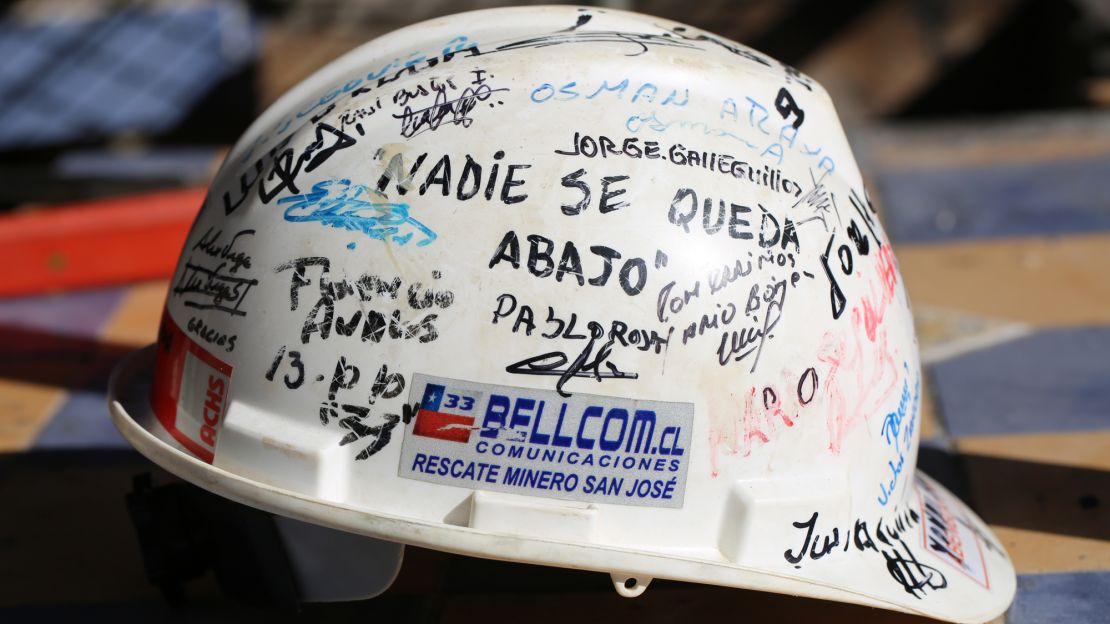
Dr. Jean Romagnoli was one of the doctors on site overseeing the health and well-being of the miners. His job was to keep the men alive. His daunting task led to a promise written on his hard hat, “Nadie se queda abajo,” or “No one stays under.”
The miners came to know Romagnoli very well through that 5-inch tube half-a-mile deep. He would load iPods with music for them, even accepting special music requests. He also recorded physical training videos, hoping the miners would lose weight and manage to fit inside the Phoenix rescue capsule. As the 33 men started emerging from deep underground, Romagnoli asked them to sign their name on his hard hat.
A gift for the doctor
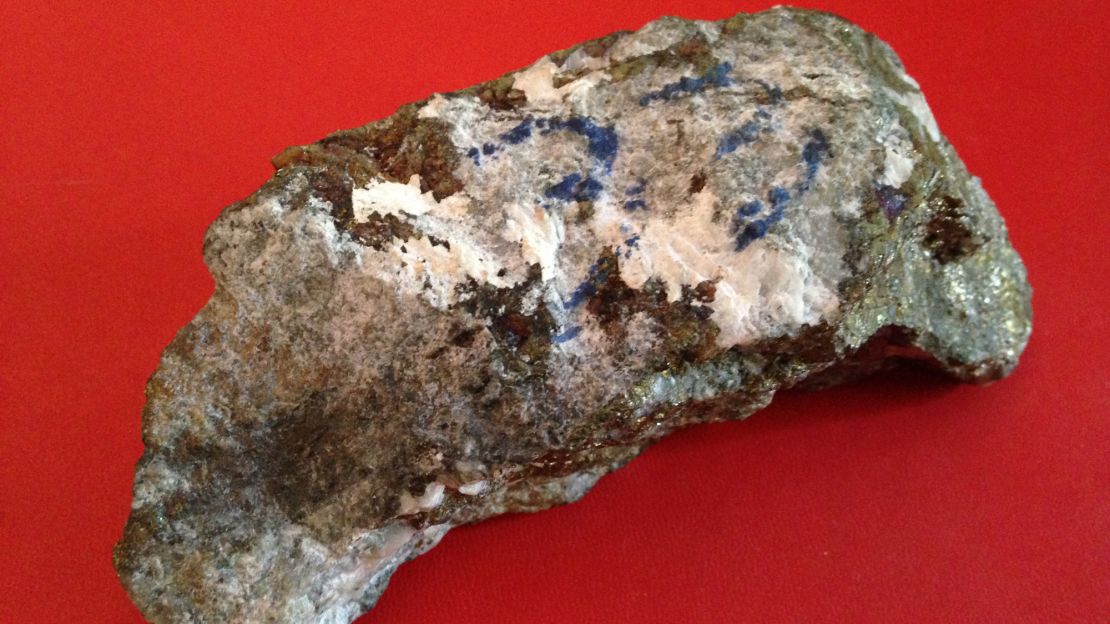
This could be the most valuable Chilean miner memento out there. It’s what Romagnoli believes is a heavy rock filled with gold from the San Jose mine. While the miners were still underground, they labeled the rock with the number 33 and gifted it to Romagnoli. While the hefty rock could be worth a fortune if it is, indeed, filled with gold, Romagnoli is not interested in selling it. The personal value he places on it surpasses its weight in gold.
Healing sounds
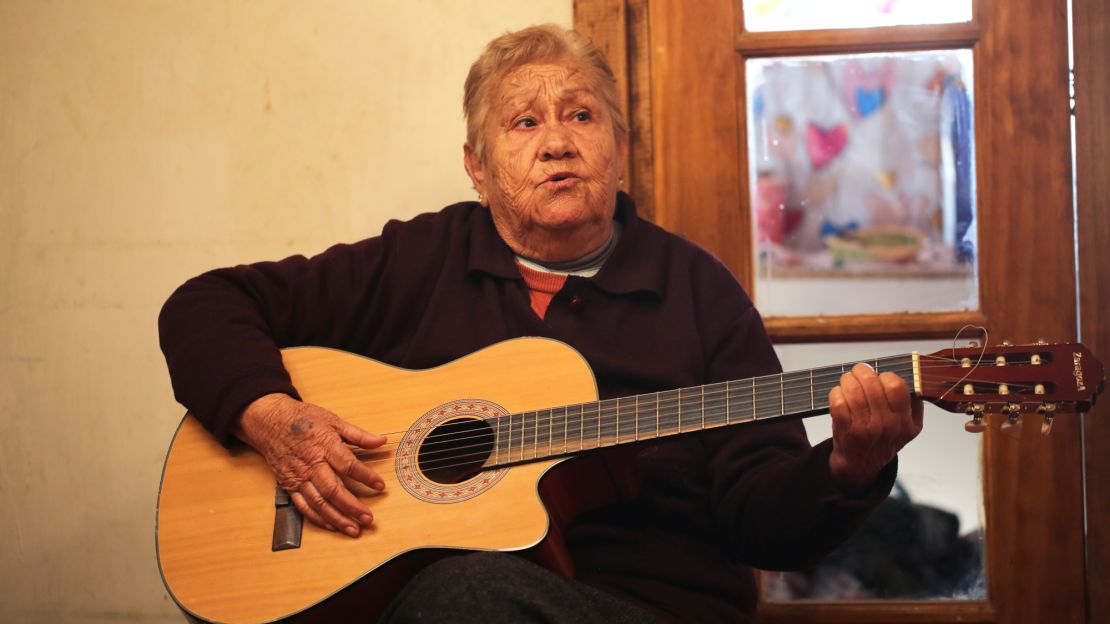
When the families of the miners realized their loved ones were trapped inside a gold and copper mine, emotions erupted. Some wives and mothers ran to the San Jose mine site and demanded rescue teams keep looking for the miners. Fathers and brothers tried to breach the perimeter and enter the ill-fated mine to free their loved ones themselves. The grandmother of miner Ariel Ticona dealt with the pain and anguish in a different way. She composed music and sang. When she learned her grandson, who was also an expecting father, could be trapped or dead inside the mine, she took pen to paper.
The spoon of life
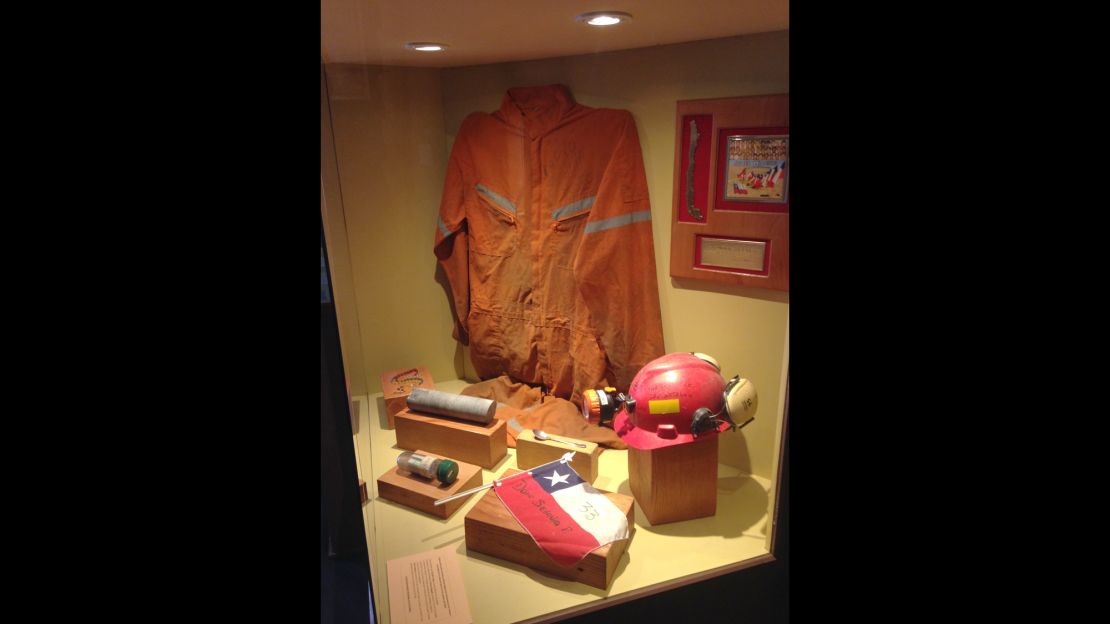
The miners used this tiny spoon to split a can of tuna 33 ways. By August 23, rescuers were capable of relaying communications and sending food and water to miners. Before this, the miners survived by sharing small amounts of tuna and mackerel that were in the shelter, along with water.
A worldwide event
More than 1 billion people watched the rescue of the miners. That’s nearly 10 times the most watched Super Bowl. The miners hold the Guinness World Record for “longest time survived trapped underground.”
